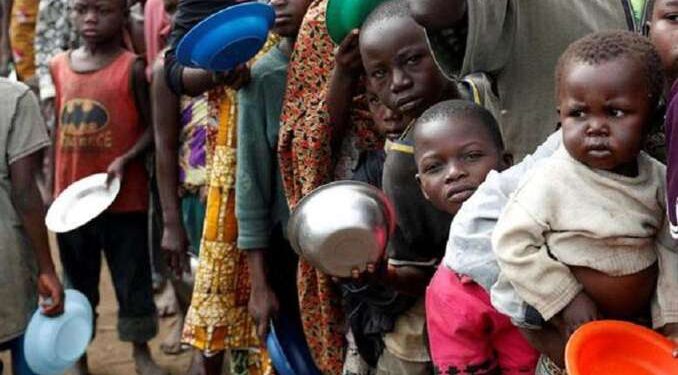The conflict between the army and paramilitaries in Sudan has triggered the world’s largest displacement crisis and now threatens to become “the world’s largest hunger crisis, World Food Programme (WFP) said.
Over 25 million people are starving in Sudan and in the neighbouring states of South Sudan and Chad, to which many have fled, the WFP said.
“The war in Sudan risks triggering the world’s largest hunger crisis,” warned WFP executive director Cindy McCain.
“Twenty years ago, Darfur was the world’s largest hunger crisis and the world rallied to respond.
“But today, the people of Sudan have been forgotten. Millions of lives and the peace and stability of an entire region are at stake.”
Currently, 90 per cent of the people who urgently need food aid are in areas inaccessible to aid organisations.
Millions of lives are at risk, said McCain.
According to the WFP, the authorities have revoked authorisations for cross-border truck convoys.
Deliveries from Chad to the neighbouring Darfur region of Sudan have had to be stopped as a result.
More than one million people there have been dependent on the supplies for months.
Sudan’s army has been fighting against the paramilitary Rapid Support Forces (RSF) in the north-east African country with a population of around 44 million for almost 11 months.
The army and the RSF had jointly seized power in 2021, but later fell out over power-sharing, which led to a violent conflict on April 15, 2023.
According to UN figures, around eight million people have fled or been displaced within the country since the start of the violence, currently the largest number in a conflict worldwide.
About 14,600 people have been killed so far, with both sides accused of serious violations of human rights.











